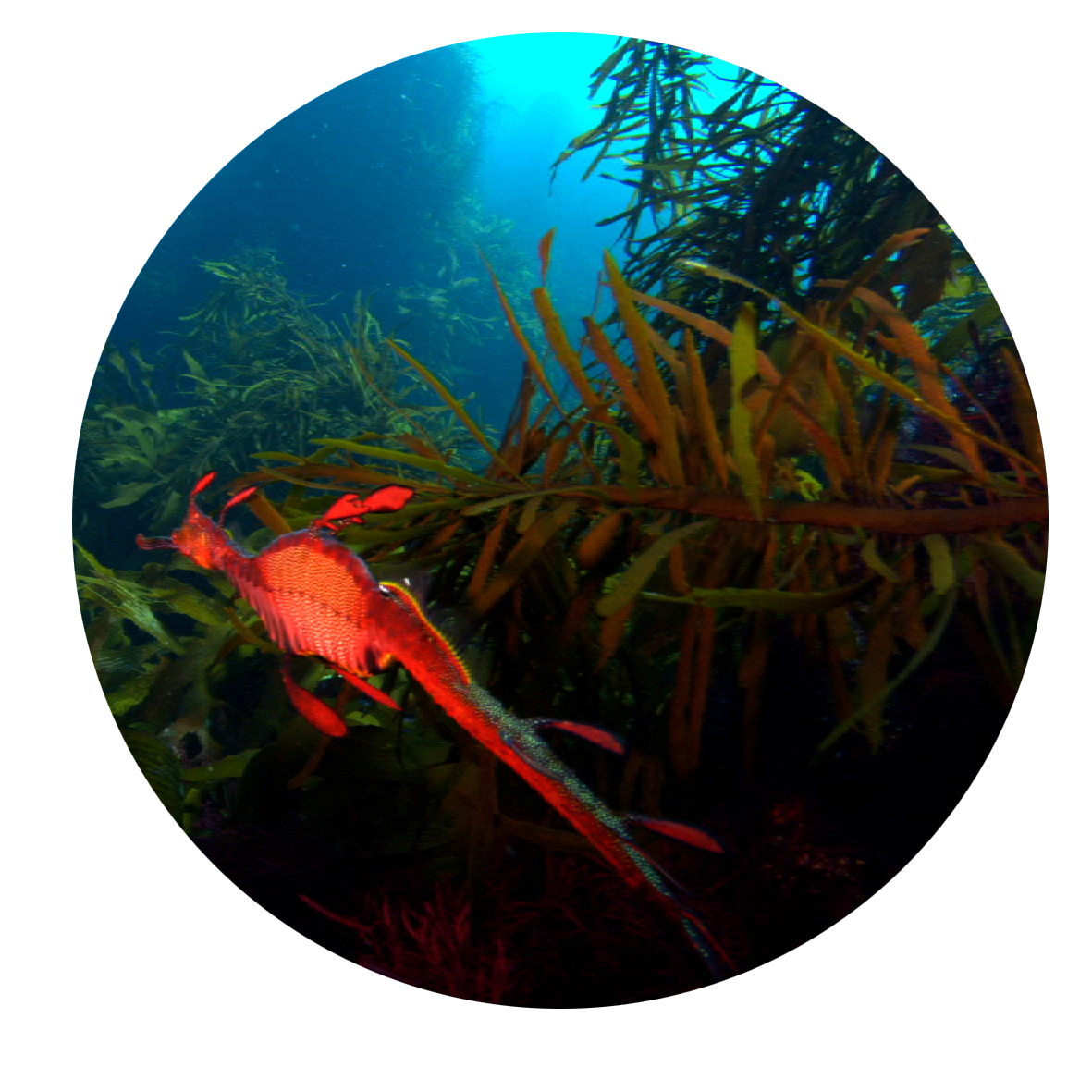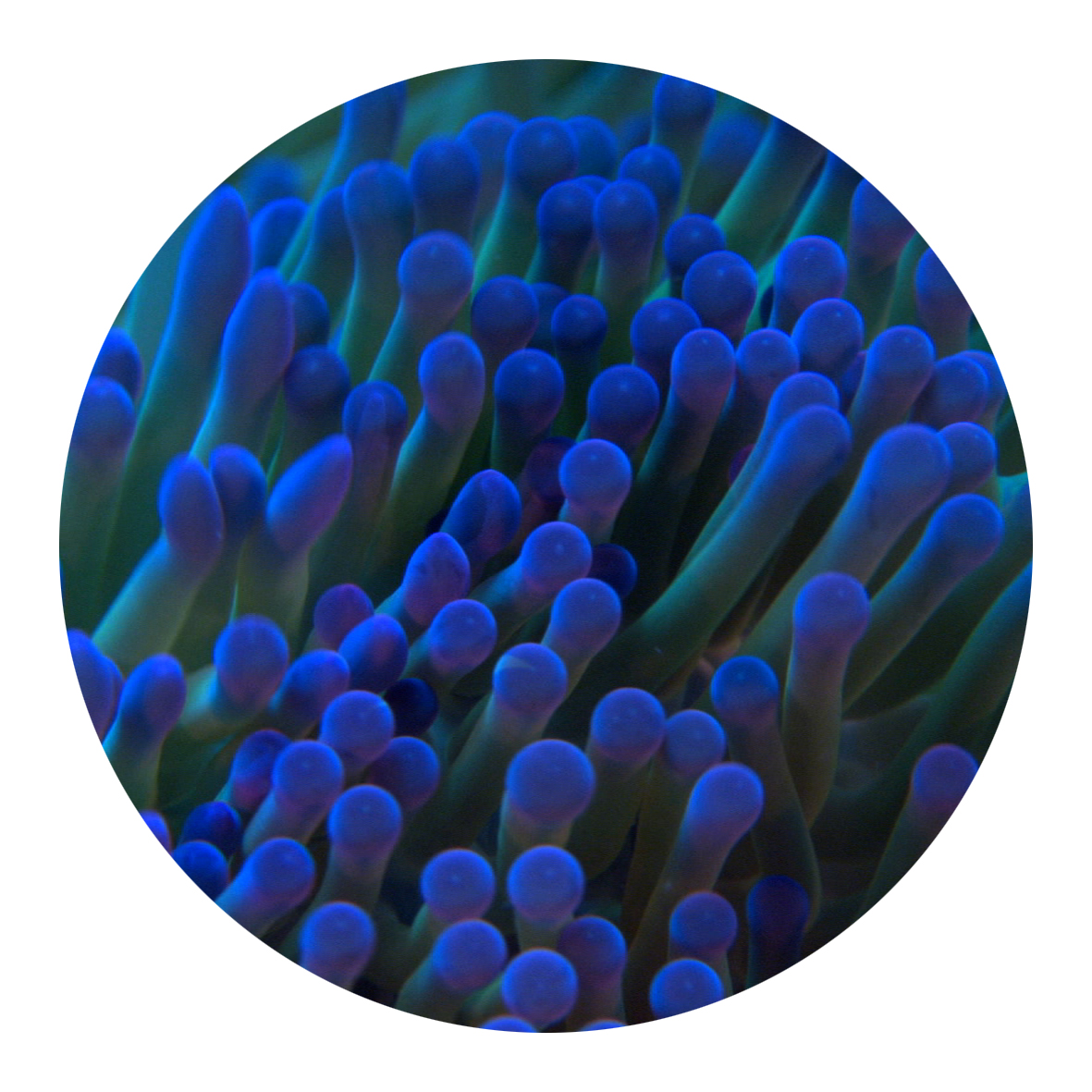Images: Dazzling World of Coral, Unveiled

Brain coral, brainy project

To mark a rare celestial event the transit of the planet Venus across the face of the sun Australian artist Lynette Wallworth turned her gaze away from the skies and toward the sea. To mark the historic global cooperation that was mustered to study transit of Venus in 1761, Wallworth chose to highlight a scientific project for the 21st-century: how to save the world's invaluable and ever-dwindling coral reefs.
As an artist who specializes in immersive video installations, Wallworth created a film called Coral: Rekindling Venus, which is designed to be shown in planetariums. It showcases the beauty and value of the imperiled ecosystems.
The above image shows the eerie glow of a brain coral in waters near Papua New Guinea. Brain coral is an important reef-building species.
Room and board

Coral reefs are among the most productive ecosystems on Earth, providing shelter and sustenance for a riot of sea creatures and, in turn, for millions of humans who depend on the reefs' bounty for food and tourist dollars, and for the protection from dangerous storm waves that reefs can provide.
In a still from the film, a green turtle, one of six turtle species found in Australian waters, swims near the Great Barrier Reef.
Ready to travel

A mushroom coral in waters near Papua New Guinea. Mushroom coral are a common species in oceans around the world. Remarkably, the species can move about freely as an adult. That's quite a contrast to most corals, which stay anchored in one spot once they reach maturity.
Soft power

A gelatinous predator of the genus Apolemia floats in the darkness. These long, worm-like creatures use stinging cells to render their prey helpless.
Apolemia are siphonophores, the taxonomic order that includes many gelatinous creatures that are actually many individuals strung together, but have the appearance of one organism. One of the most famous is the Portuguese Man o' War.
Dainty cephalopod

A tiny squid, just 6 inches (15 centimeters) long, squiggles through the water, on the hunt for a meal. It was filmed near reefs around Papua New Guinea.
The film "Coral: Rekindling Venus" focuses not only on corals, but on the many creatures that live near coral reefs around the world.
Dinner time

Sun corals extend their tiny tentacles to feast on passing zooplankton. These corals are entirely predatory. Many corals host symbiotic algae that help provide them with food, but these corals must catch all their own meals.
Crafty camouflage

A weedy seadragon, native only to Australian waters, darts through the plants that provide its namesake and protection. Unlike their close relative the seahorse, seadragons lack a prehensile tail. However, just like seahorses, the males of the species are responsible for carrying around fertilized eggs before they hatch.
Get the world’s most fascinating discoveries delivered straight to your inbox.
Natural light show

Stony coral, or coral that belong to the taxanomic order Scleractinia, come in a wide variety of shapes and sizes. Some scleractinians are champion reef-builders, and have faced steep declines in recent years.
As seen in this still from the film, many corals emit a fluorescent glow when viewed under specialized lights.
A close-up

An up-close view of a sea anemone reveals its vivid blue color.
Follow OurAmazingPlanet for the latest in Earth science and exploration news on Twitter @OAPlanet and on Facebook.



